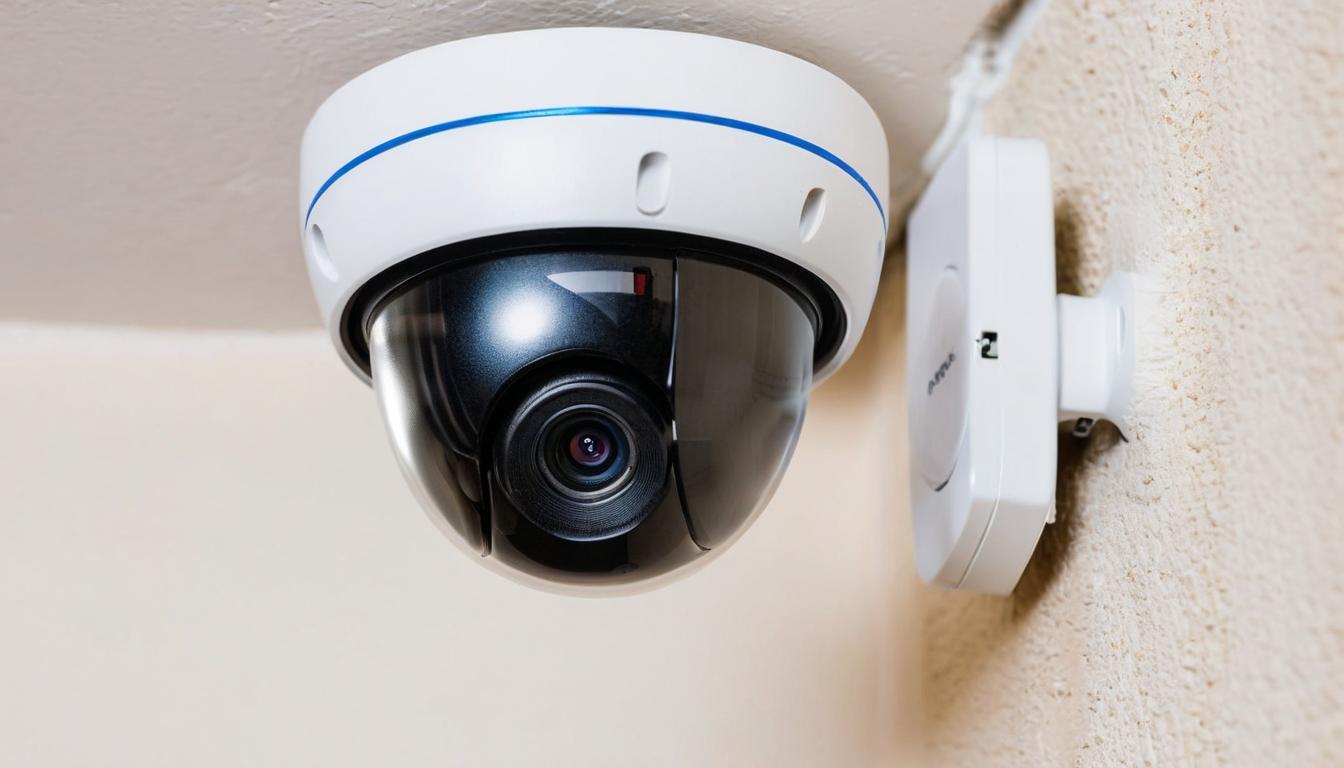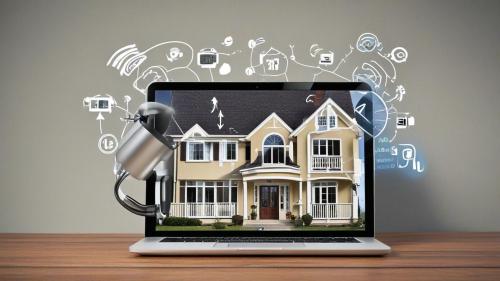You've installed the smart doorbell, connected the Wi-Fi cameras, and programmed the automated lighting system. Your home feels like a fortress of modern technology, but what if the very devices designed to protect you are actually creating vulnerabilities you never anticipated?
Across America, millions of homeowners have embraced smart security technology without fully understanding the digital footprints they're creating. These devices, while convenient, often come with security flaws that manufacturers don't advertise. From doorbell cameras that can be hacked to baby monitors that broadcast to strangers, the connected home presents a new frontier of security concerns.
Many smart devices operate on default passwords that are easily guessable or use outdated encryption protocols. Researchers have discovered that some popular security cameras can be accessed by simply typing 'admin' as both username and password—a fact that would shock most owners who believe their footage is private.
The physical installation of security devices often creates unexpected weaknesses. Motion sensors placed too high or too low, cameras with blind spots that burglars quickly learn to exploit, and alarm systems that homeowners accidentally disable through everyday activities—these are the realities that security professionals see daily but rarely discuss publicly.
Wireless security systems bring their own set of challenges. Jamming devices, available online for less than $100, can disable many wireless sensors and cameras without triggering any alerts. Thieves have become increasingly sophisticated, using technology to bypass what homeowners believe are impenetrable defenses.
Privacy concerns extend beyond hackers. Many smart home devices collect vast amounts of data about your daily routines—when you wake up, when you leave for work, what rooms you frequent most. This information is often shared with third parties or stored in cloud servers with questionable security measures.
Children's safety presents unique challenges in the smart home era. GPS trackers, smart watches, and location-sharing apps can create false senses of security while potentially exposing children to digital tracking and data mining that most parents don't fully comprehend.
The rise of DIY security systems has empowered homeowners but also removed the professional assessment that often identifies vulnerabilities. Without expert installation, many systems have critical gaps—unmonitored windows, poorly positioned cameras, or sensors that can be easily circumvented.
Neighborhood security patterns have changed dramatically with technology. While Ring doorbells and neighborhood watch apps have created digital communities of vigilance, they've also created new social dynamics and potential privacy violations that communities are still learning to navigate.
Insurance companies now offer discounts for smart home security devices, but many homeowners don't realize that improper installation or use might actually void their claims if a breach occurs. The fine print matters more than ever in the age of connected protection.
Emergency response systems have evolved with technology, but many homeowners fail to test their systems regularly. A security system that hasn't been tested in months might have dead batteries, disconnected sensors, or outdated software that renders it useless when needed most.
The human element remains the weakest link in home security. People forget to arm systems, share access codes too freely, or post vacation photos on social media that announce their empty homes to the world. Technology can't compensate for human error.
As we move toward more integrated smart homes, the security implications become more complex. Voice assistants that control security systems can be triggered accidentally or manipulated by clever intruders. Automated routines that turn lights on and off might actually create patterns that observant criminals can predict.
Future security technologies promise better protection through artificial intelligence and machine learning, but they also raise questions about data collection and privacy that society has yet to answer. The balance between security and freedom continues to shift with each technological advancement.
Protecting your home in the digital age requires both technological savvy and old-fashioned common sense. Regular system checks, password updates, and professional assessments remain crucial—no matter how advanced your security system becomes.
The hidden security risks in your smart home devices you never knew about




